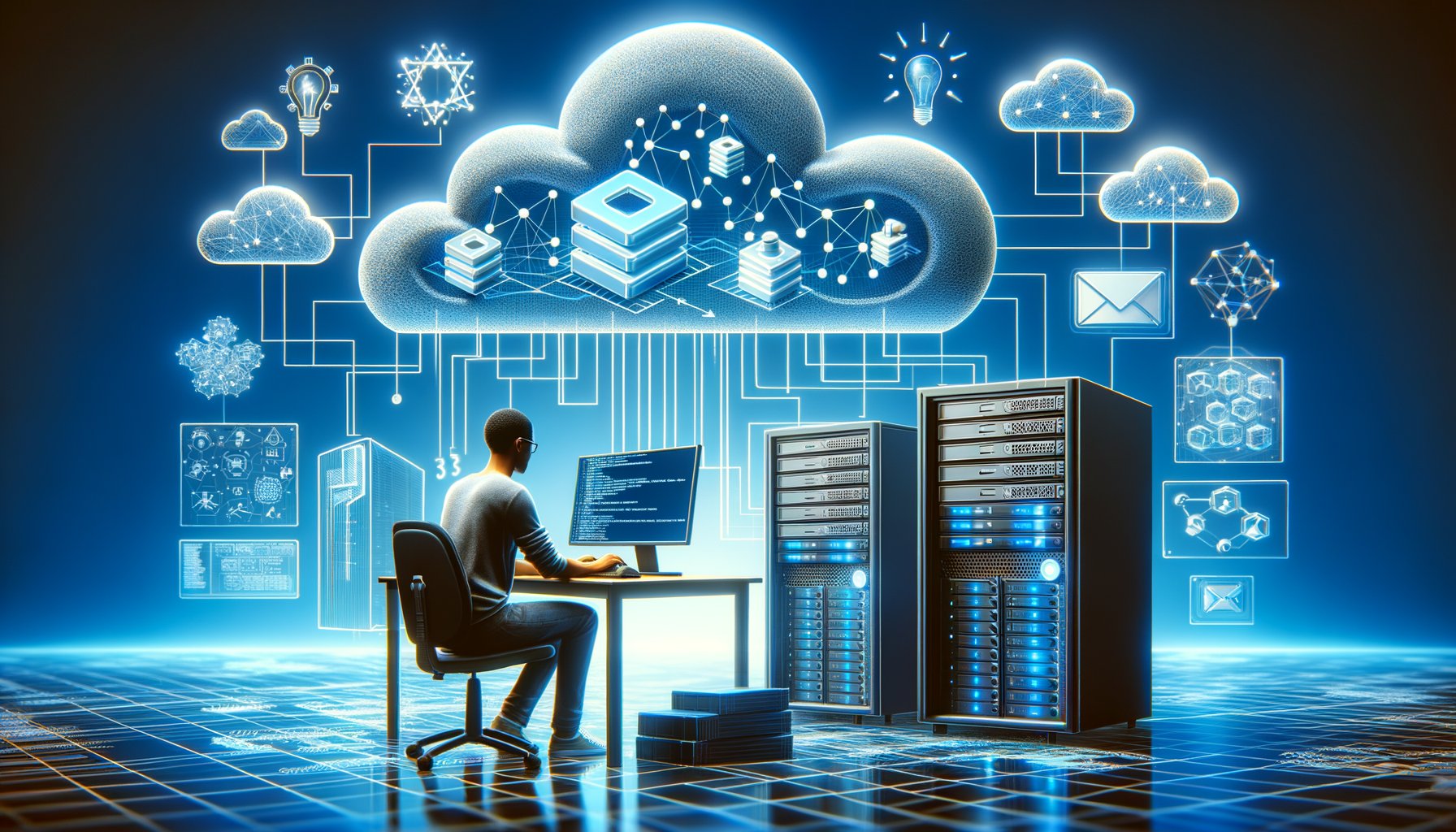Physical Address
304 North Cardinal St.
Dorchester Center, MA 02124
Physical Address
304 North Cardinal St.
Dorchester Center, MA 02124

Cloud computing has revolutionised the way we store, manage and process data. It’s no longer a futuristic concept, but a present-day reality. As developers, understanding cloud computing is not just an add-on, but a necessity in today’s tech-driven world.
Cloud computing refers to the delivery of computing services over the internet (‘the cloud’) rather than using local servers or personal devices. These services include servers, storage, databases, networking, software, analytics and intelligence. The advantage? Cost-efficiency, high speed, performance, productivity and security.
Cloud computing generally falls into three categories: Infrastructure as a Service (IaaS), Platform as a Service (PaaS) and Software as a Service (SaaS).
In today’s digital era where businesses are moving their operations online more than ever before due to factors such as globalisation and pandemics like COVID-19 – understanding how to navigate around cloud environments has become crucial for developers.
Besides that, it also opens up new avenues for developers to create more innovative and scalable applications. It eliminates the need for developers to manage the infrastructure, allowing them to focus solely on coding and application development.
Here are some key concepts that every developer venturing into cloud computing should understand:
Virtualisation is at the heart of cloud computing. It allows multiple operating systems and applications to run on the same server simultaneously. Understanding how virtualisation works will help you maximise resource usage and reduce costs.
Multitenancy is a fundamental concept in cloud computing where a single instance of a software application serves multiple customers or ‘tenants’. This concept helps in optimising resource sharing, leading to cost-effectiveness.
Cloud APIs allow different software applications to interact with each other over the internet. They play an integral role in enabling cloud services, hence understanding how they work is vital for developers.
The future of cloud computing lies in serverless architecture – a design pattern where applications are hosted by third-party service providers rather than running on private servers. This model further abstracts away infrastructure management tasks from developers, letting them focus on writing code that adds business value.
In this era of digital transformation, having a solid grasp of cloud computing concepts can set you apart as a developer. It’s not just about knowing how to code anymore; it’s about understanding how your code interacts with larger systems and networks. So dive into the world of cloud computing, explore its myriad possibilities and watch your development skills soar!